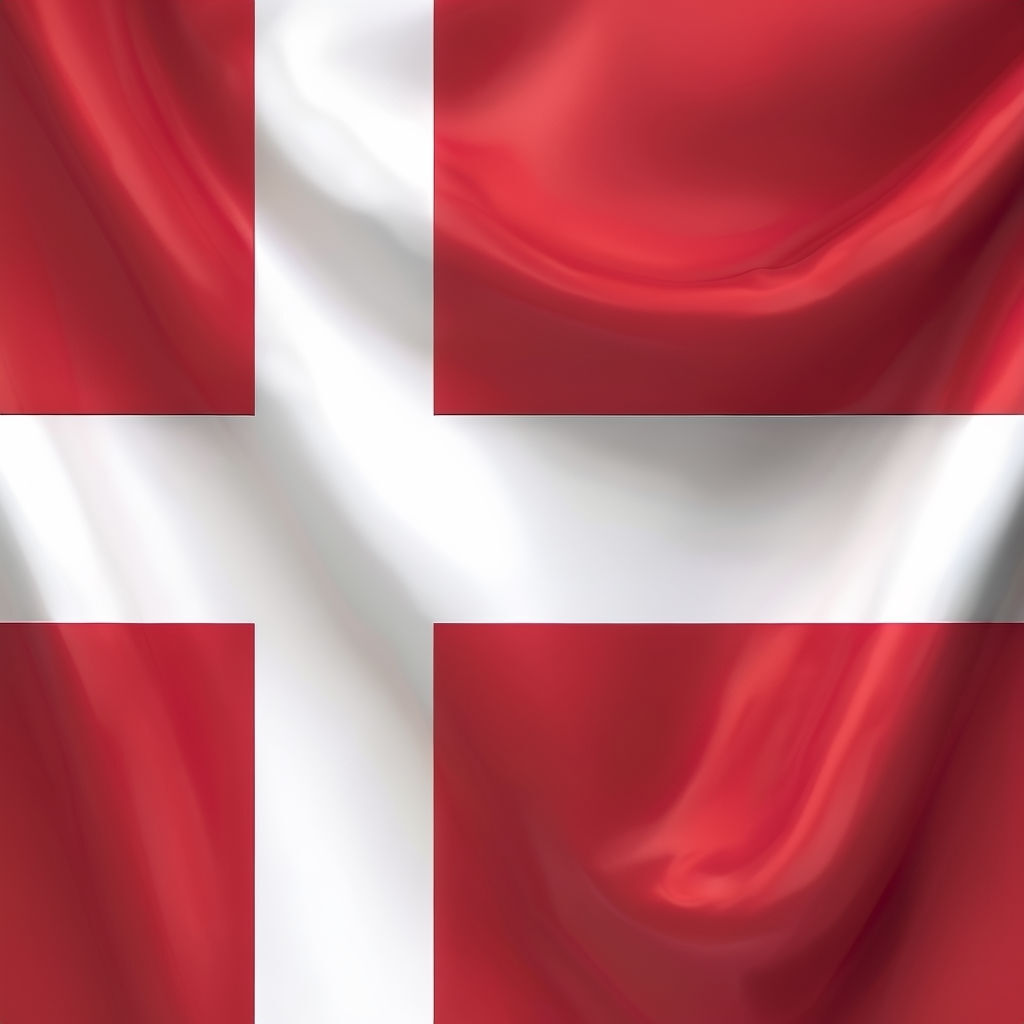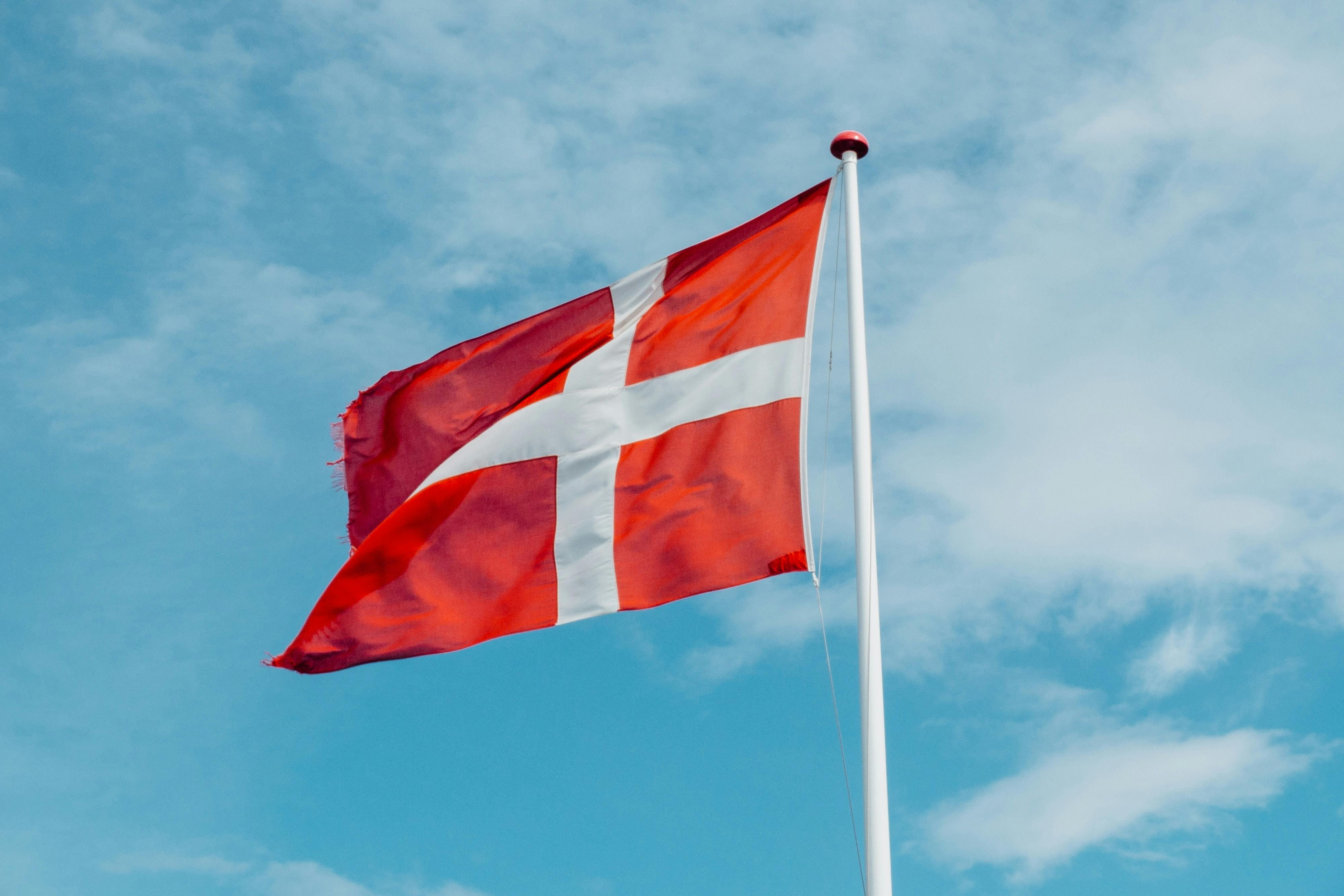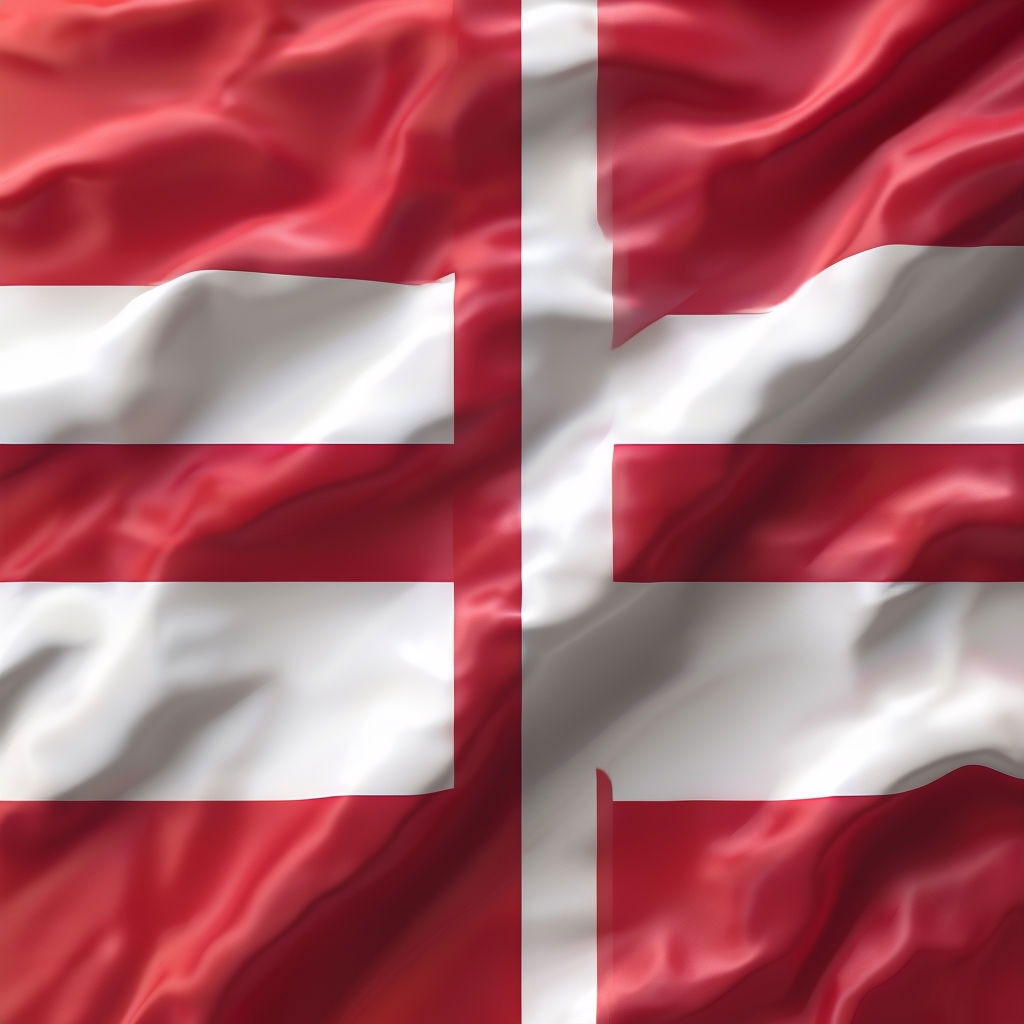The Alchemist of Copenhagen : An Existential Quest

Prologue
Copenhagen, 1840. The city’s narrow streets twisted and wound through a landscape caught between shadow and illumination. Gas lamps flickered against the cobblestones, casting long fingers of light that clawed at the encroaching dark. The wind carried the scent of the sea, mingled with smoke from the hearths of modest homes and the whispers of revolution brewing in the city’s corners.
Julius Nedergaard walked alongside his mentor, Søren Kierkegaard, as the glow of the city’s lamps danced across their faces. Kierkegaard, the poet-philosopher, moved with the slow, deliberate gait of a man comfortable in his own paradoxes, while Julius—young, bright-eyed, and hungry for answers—felt the weight of unanswered questions pressing upon him like the shadows that clung to the edges of their path.
“The light, Julius, is always brighter when framed by darkness,” Kierkegaard mused, his voice low and thoughtful. “In our pursuit of truth, we must walk the line between these realms—aware that the light we seek may be fleeting, and the darkness ever waiting.”
Julius nodded, his eyes drawn to the way the lamplight revealed fleeting glimpses of the city’s secrets: the flash of a revolutionary pamphlet exchanged in an alley, the hurried steps of a student rushing from one lecture to another, the shadows of men gathering in quiet corners where politics and philosophy intertwined. He had come to Copenhagen to learn, to immerse himself in the city’s vibrant heart, where the Enlightenment promised the dawn of a new age.
But he had discovered that every promise of light held its counterbalance—ignorance, oppression, and the secrets of a city both afraid and hopeful for its future.
“Kierkegaard, you say spirituality is subjective—yet I see how the truths of our world are tangled in the hands of those who wield power,” Julius said, his breath visible in the night air. “How can we bring light into a city that seems content to live in its shadows?”
Kierkegaard paused, turning to face Julius with a half-smile that hinted at both sympathy and mystery. “The light we carry is not to illuminate the world for others but to show ourselves the way, Julius. Enlightenment is not the absence of darkness; it is the courage to seek truth despite it.”
As they walked on, the city’s secrets whispered around them. Julius felt a fire growing within—a desire to shape the light Kierkegaard spoke of, to push against the darkness that clung to the streets of Copenhagen. Inspired by his mentor’s words and the fervor of the age, he resolved to become more than just a student of philosophy. In this city of poets, thinkers, and revolutionaries, he would find his own path, even if it meant stepping into the darkness to discover the light.
The night deepened, but the flames of his ambition burned brighter.
--
Chapter 1
Julius Nedergaard’s journey through the streets of Copenhagen was not just an outward walk; it was a voyage inward, deeper into the labyrinth of his own mind and the soul of the city he called home. Days in the Danish capital were filled with light—galleries, lectures, and salons where poets, painters, and scientists converged. Evenings, however, pulled a veil over the city, a darkness that masked the undercurrents of revolution and repression lurking beneath the polished façade of this Golden Age.
He attended salons hosted by the wealthy patrons of art and philosophy, places where ideas were exchanged like currency. Julius listened, debated, and occasionally, with Kierkegaard at his side, challenged the status quo. But the deeper he delved, the more he sensed the disparity between the city’s intellectual freedom and the shadows cast by its political reality.
One evening, after a particularly heated salon debate on the nature of freedom, Julius and Kierkegaard wandered through the quieter quarters of the city, where the air was thick with the smoke of factory chimneys and the lamplight struggled against the encroaching fog. Julius felt the weight of the night upon him.
“Kierkegaard,” he began, his voice uncertain, “we speak of truth and enlightenment, yet how can we bring them to life when the darkness—political and otherwise—consumes so much of the city? Can philosophy alone suffice?”
Kierkegaard stopped, turning his thoughtful gaze upon his pupil. “Philosophy, my young friend, is not an answer but a mirror. It reflects the world as it is, and it reflects us—our desires, our fears. But action—action can become the hammer that shatters those illusions.” His eyes shone, and for a moment, the flicker of a revolutionary spark ignited in their depths.
Julius felt the thrill of Kierkegaard’s words but knew they were only the beginning. He was no longer content with discourse alone. He craved the light of action, to step beyond the boundaries of salons and books, to test the truths he had learned against the hard realities of the world. That night, he resolved to seek out those on the fringes—the thinkers and radicals who worked not in theory but in deed.
Chapter 2: The Revolutionary Shadows
Through whispered conversations in coffee houses and smoky taverns, Julius found his way into the company of a group known as *Det Lysende Forbund*—The Enlightened League. Composed of students, poets, and laborers, they met in secret to discuss not only philosophy but the practicalities of change. Among them was a charismatic young leader named Ingrid Falk, whose eyes burned with an intensity Julius had never encountered before.
“Philosophy is a tool, Julius,” Ingrid said one night, as they gathered in a candlelit basement beneath a bookshop. “But it must be wielded like a sword if it is to cut through the chains that bind us. Kierkegaard’s words are inspiring, but they alone will not break the king’s hold on this city.”
Julius felt both a thrill and a chill. Ingrid was unlike anyone he had met—a force of nature. Her convictions were unwavering, and her vision was clear: a Copenhagen where every person had the right to speak, learn, and thrive without fear of repression. She urged Julius to act, to use his knowledge not merely as a means of understanding but as a weapon for change.
Together, they began to write revolutionary pamphlets, urging the people of Copenhagen to see beyond the city’s bright veneer and confront the darkness that lingered in its corners. Julius felt alive as he penned the words of truth and rebellion, his hand steady as he poured his ideals onto the page. Under Ingrid’s guidance, he saw the power of language not as an abstract exercise but as a call to arms.
Chapter 3: The Light and the Flame

One cold evening, Julius and the members of *Det Lysende Forbund* met at a printing press hidden in a warehouse by the harbor. The city’s chill was palpable, and the fog hung heavy as they worked by the light of lanterns, printing pamphlets that called for freedom of speech, fair wages, and the abolition of repressive laws. Julius felt the heat of the press and the thrill of rebellion, his heart racing as each pamphlet emerged—a piece of light in the darkness.
But as the press ran, there came the sound of heavy boots against cobblestones. The royal guard, tipped off by an informant, stormed the warehouse. Chaos erupted as members of the league scattered, the dim lanterns casting frantic shadows on the walls. Julius, caught between the thrill of action and the reality of danger, grabbed a bundle of pamphlets and ran.
Ingrid called out, “To the canals!” and Julius followed, heart pounding as they navigated the narrow alleys. They could hear the shouts of the guards growing closer, the light of their torches a reminder of both pursuit and hope. Julius clutched the pamphlets to his chest, feeling the weight of his convictions, his role in this city’s unfolding history.
At the edge of the canal, Ingrid paused, turning to Julius. “This is the choice we make, Julius—to live in the light or to hide in the shadows. What will it be?”
Before he could answer, she leapt into a small boat hidden among the reeds, and Julius, without hesitation, followed. They rowed silently, the black water rippling in the moonlight. The guards’ torches flickered like distant stars as they disappeared into the night.
Chapter 4: The Fire That Burns
The next morning, Julius awoke in Ingrid’s modest apartment, hidden above a cobbler’s shop. The light streamed through the window, cutting through the haze of smoke and city grime. Kierkegaard’s words echoed in his mind: *The light we carry is not to illuminate the world for others but to show ourselves the way.*
He realized then that he had found his path—not just in the salons and the libraries, but in the streets, among the people who fought for change. The pamphlets he and Ingrid distributed became a small beacon for those disillusioned by the city’s rulers. The movement grew, attracting more students, laborers, and thinkers, all willing to risk the darkness for the promise of light.
But with growth came danger. One evening, as Julius walked alone back from a meeting, he noticed the shadows lengthening around him. A group of men, faces obscured by scarves, emerged from the alleyway. They were not the royal guard but something worse—paid agents of the nobility, tasked with extinguishing the fire of revolution.
They seized him, and though he fought, they dragged him into the darkness. For days, he was held in a cellar, his mind a storm of fear and resolve. But even in the blackness, he held onto one truth: light, like truth, could not be extinguished. The more it was repressed, the more it burned.
Months passed, and Julius emerged from the shadows—wounded, but unbroken. *Det Lysende Forbund* had survived, and the flame they ignited spread across Copenhagen. Kierkegaard’s philosophy guided him still, but now, it was no longer just a theoretical exercise. It was a lived truth—a reminder that the pursuit of enlightenment, the courage to seek truth, required stepping into the darkness and emerging with the light.
As he walked through the streets of Copenhagen once more, the gas lamps flickering against the cobblestones, he saw the city in a new light. Every shadow was a reminder of the struggle, but every flame was proof that the light remained, waiting to be kindled. In the heart of the Danish Golden Age, Julius knew that the real battle was not just for knowledge but for the soul of the city itself—a battle he was willing to fight, no matter the cost.
--

Epilogue: The Gnosis of Light
Years later, Julius wandered the familiar streets of Copenhagen, now a city etched into his soul as deeply as the ink on his fingertips. The city had changed, and so had he. The revolution, the shadows of political strife, and the underground networks he once moved through had become distant echoes. His search, however, had never truly ended; it had merely transformed.
Kierkegaard’s teachings, though rooted in existentialism, had always carried a mystical undertone—a whisper of something deeper than mere philosophy. Julius came to see that Kierkegaard, like a Gnostic master, offered not just knowledge but *gnosis*—a secret, transformative understanding of existence itself.
To truly grasp it required more than intellectual engagement; it demanded a journey inward, a descent into the shadows to retrieve the light of self-realization.
The philosopher’s words came back to Julius, now weighted with new meaning: *“The light we carry is not to illuminate the world for others but to show ourselves the way.”* This, he understood, was not simply about individual enlightenment but about finding the essence—the hidden truth that lay beneath the illusions of society, power, and even the self. Kierkegaard’s philosophy was an invitation to alchemy, a spiritual transformation akin to the ancient pursuit of the philosopher’s stone: the perfection and transmutation of one’s soul.
Julius realized that the philosopher’s stone was not a material object, nor a literal quest for immortality. It was the attainment of true understanding, a Gnostic awakening that required shedding illusions and seeing beyond the visible. Kierkegaard’s teachings—centered on subjectivity, the leap of faith, and the struggle with despair—were keys to unlocking this deeper knowledge. They pointed Julius toward a deeper reality that science alone could not reach but that spiritual insight could reveal.
While Kierkegaard guided Julius in the realm of the spirit, it was the scientific breakthroughs of the Danish Golden Age that ignited his imagination. Hans Christian Ørsted’s discovery of electromagnetism in 1820 was one such marvel. Ørsted had shown that electricity and magnetism were intimately connected—forces that, unseen yet fundamental, shaped the world in ways no one had previously imagined. This discovery was not just scientific; it was symbolic. It revealed that the world held mysteries beyond immediate perception, forces that connected everything in ways that could only be sensed, not seen.
Julius, inspired by Ørsted’s work, saw these discoveries as parallel to his own philosophical journey. Just as electromagnetism united seemingly separate elements into a cohesive force, he sought to unite the fragments of existence—light and darkness, truth and illusion, despair and hope—into a single, profound understanding. The electromagnetic field became a metaphor for the interconnectedness of all things, a scientific *gnosis* that mirrored the spiritual truth Kierkegaard spoke of.
In his own way, Julius felt like an alchemist. The experiments and findings of scientists like Ørsted and the advancements in optics and chemistry that emerged from Copenhagen’s intellectual circles fueled his sense that there was an underlying order, a pattern in the chaos. He saw that the pursuit of truth in philosophy, like the experiments in science, was an attempt to reveal the hidden connections and energies that bind the world together.
The Philosopher’s Stone: Light of Inner Truth
Julius’s quest, once driven by the external—political rebellion, social change, and intellectual enlightenment—had turned inward. The Gnosis Kierkegaard offered was the key. It was the understanding that, like the philosopher’s stone, the true transformation was one of perception and spirit. The light was not an external beacon but an inner illumination, a guide to seeing beyond the surface of existence into the deeper truths of being.
In the dim glow of a Copenhagen dawn, Julius stood on a bridge overlooking the canals, the water rippling with the reflections of the awakening city. He felt the pull of the past, the years spent fighting for a truth he had thought was political, only to discover it was personal. Kierkegaard’s teachings had been a roadmap to an inner revolution—a way to dissolve the falsehoods of the world and of self, revealing the true light within.
Julius smiled as the city came to life around him. He had become a true truth-seeker, an existential alchemist who had glimpsed the philosopher’s stone within his own soul. Copenhagen’s Golden Age—its art, science, and philosophy—had given him the tools to see beyond the illusions, to reach the Gnosis that had always been there, waiting to be discovered. The journey had led him to understand that the darkness and the light were not enemies but intertwined forces, necessary to reveal the profound unity of existence itself.
--
This story is considered historical fiction because it is set in early 19th-century Copenhagen during the Danish Golden Age, a period marked by a flourishing of art, science, and philosophy. It incorporates real historical figures, such as Søren Kierkegaard and Hans Christian Ørsted, and accurately reflects the intellectual and political atmosphere of the time. While the main character, Julius Nedergaard, and his journey are fictional, they are crafted to authentically represent the experiences, philosophical dialogues, and revolutionary sentiments inspired by the historical context of Copenhagen's cultural and scientific development. The Danish Golden Age (1800-1850) was a period of cultural and intellectual flourishing in Copenhagen, marked by advancements in art, science, and philosophy. However, those in power, including the monarchy and conservative elites, often viewed these changes with suspicion. The new ideas and revolutionary sentiments, inspired by Enlightenment thought, threatened the traditional social order and challenged the status quo, leading to tension between progressive thinkers and the ruling authorities who sought to maintain control over the city’s transformation.